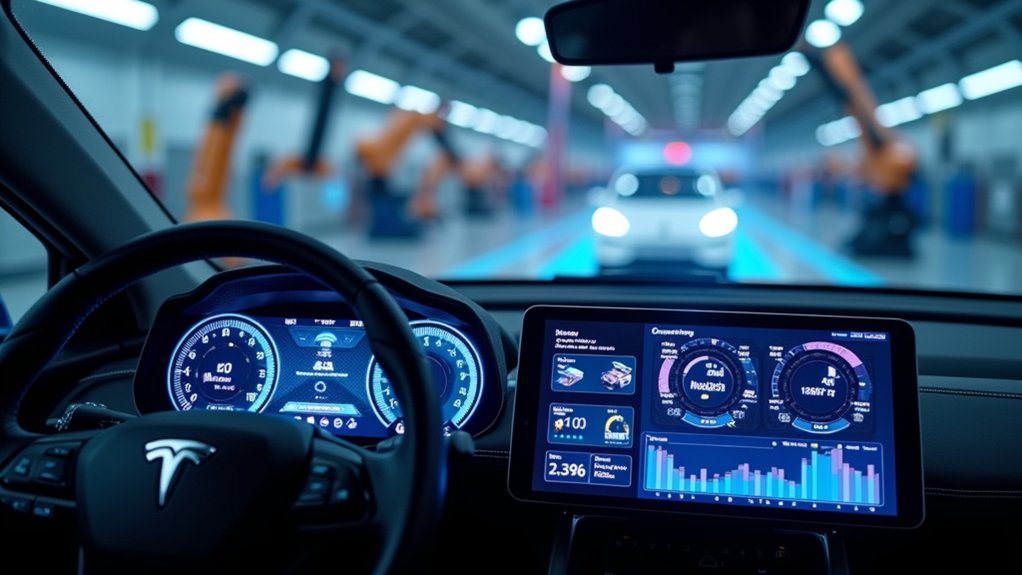While conventional vehicle maintenance has long relied on mileage milestones and calendar-based service intervals, predictive AI maintenance represents a paradigm shift in automotive care. This technology harnesses the power of machine learning algorithms to continuously analyze thousands of data points from vehicle sensors, onboard diagnostics, and IoT devices—creating a thorough health profile that evolves in real time.
The integration of historical maintenance records with current sensor readings enables unprecedented accuracy in failure predictions, often detecting issues weeks before they would become apparent through traditional methods. The real power lies in the system’s ability to identify patterns invisible to human technicians. Temperature fluctuations, subtle vibration changes, and performance deviations are monitored constantly, creating early warning systems for components approaching failure.
Predictive AI transforms vehicles into self-monitoring entities, detecting subtle patterns that human technicians simply cannot see.
Cloud platforms facilitate centralized analysis across entire fleets, allowing for pattern recognition that becomes more refined with each vehicle added to the database. These systems effectively transform vehicles from passive machines into self-diagnosing entities. Overcoming data format challenges requires sophisticated integration tools that harmonize information from disparate sources into a coherent analytical framework.
Implementation statistics demonstrate compelling value. Organizations utilizing predictive maintenance have reported up to 70% reduction in unexpected breakdowns—a figure that translates directly to improved safety and reliability. Manufacturing disruptions have decreased by approximately 500 minutes annually in some implementations, representing significant operational savings.
The technology leverages existing in-vehicle sensors, making adoption cost-effective without requiring extensive hardware upgrades. For vehicle owners, the benefits extend beyond preventing roadside emergencies. Early intervention prevents cascading damage, improves fuel efficiency, and extends component lifespans. According to McKinsey research, AI-powered solutions can achieve 30-50% downtime reduction through early detection of potential failures.
Maintenance becomes tailored to actual vehicle condition rather than arbitrary schedules, eliminating unnecessary service costs while ensuring critical issues never go unaddressed. The most sophisticated systems now integrate with fleet management platforms, automatically prioritizing maintenance alerts and assigning them to appropriate technicians.
As these algorithms continue to evolve, they’re developing increasingly nuanced understanding of vehicle systems—effectively transforming maintenance from reactive to proactive, and ultimately creating safer, longer-lasting vehicles with optimized total cost of ownership.









